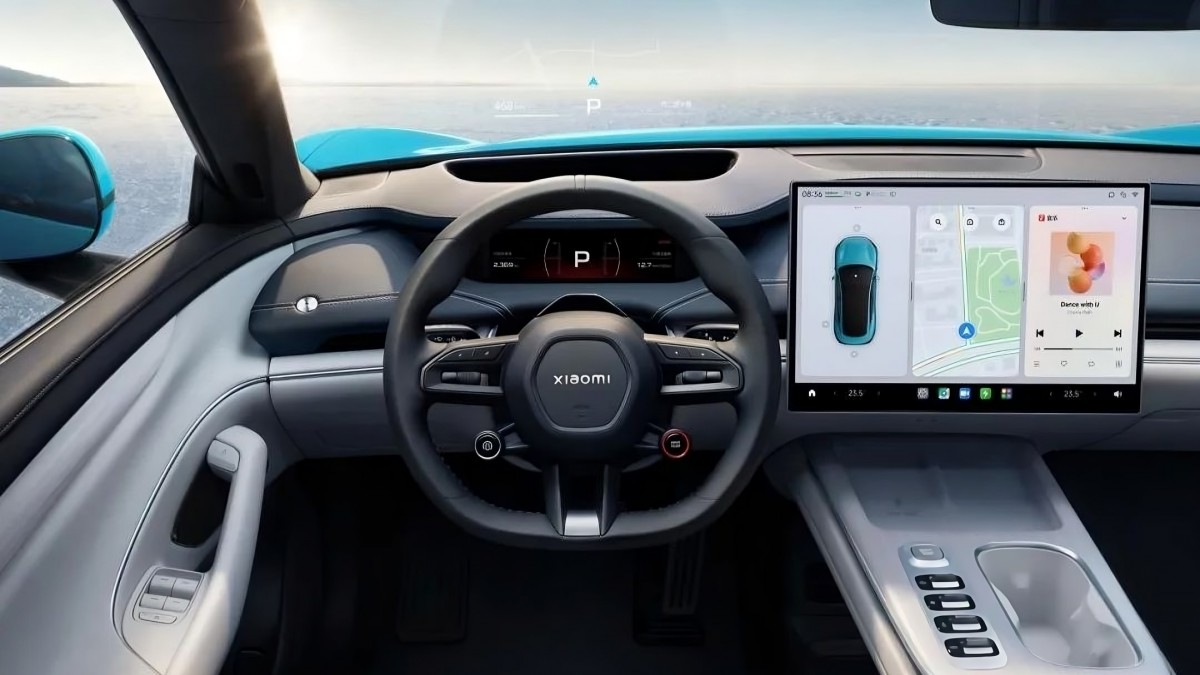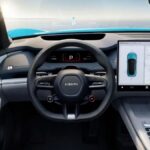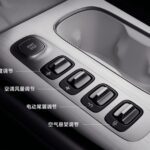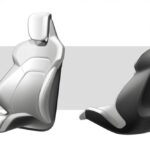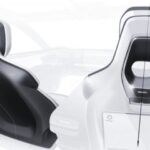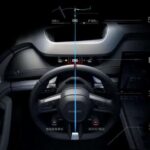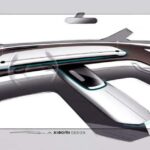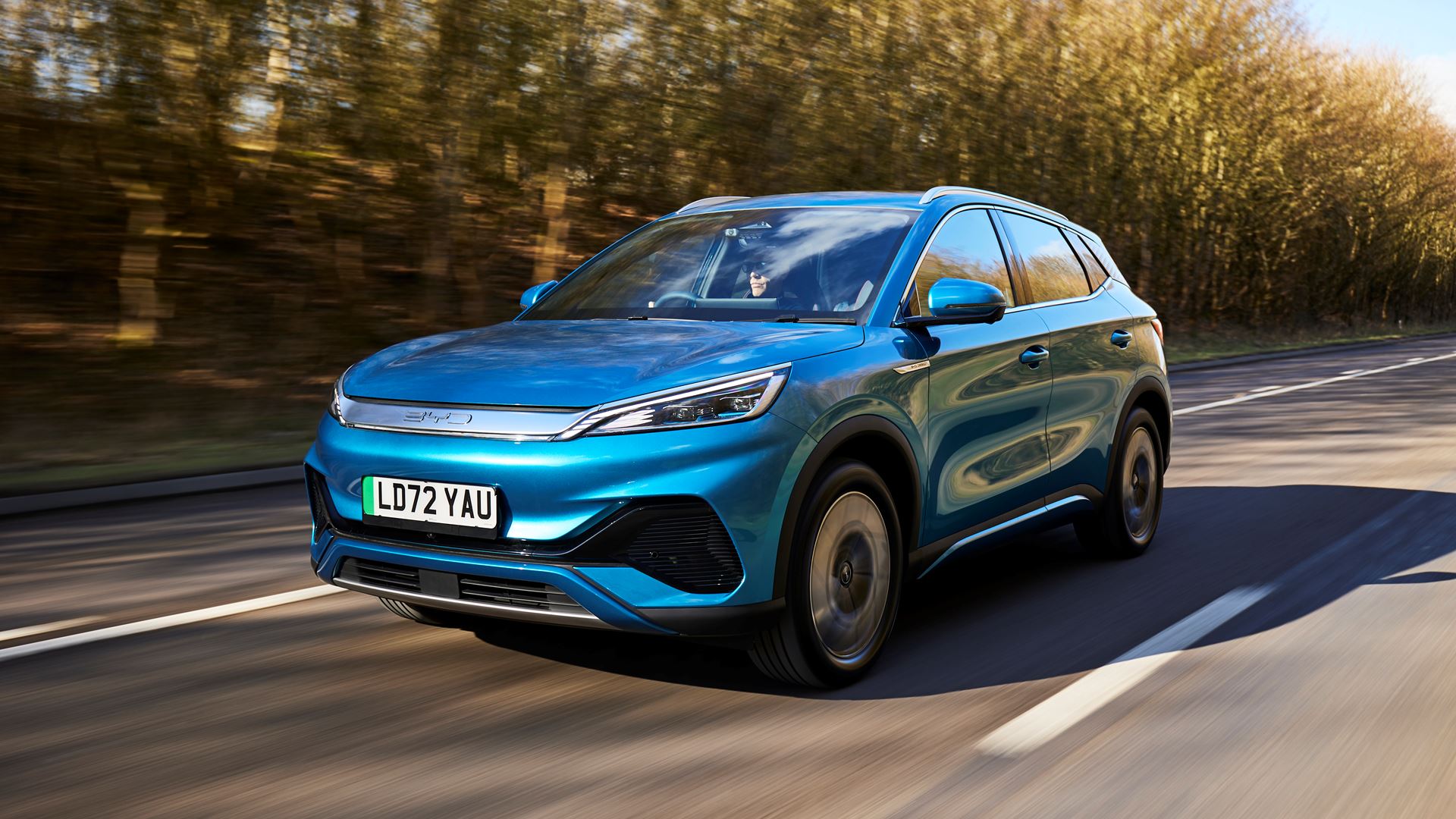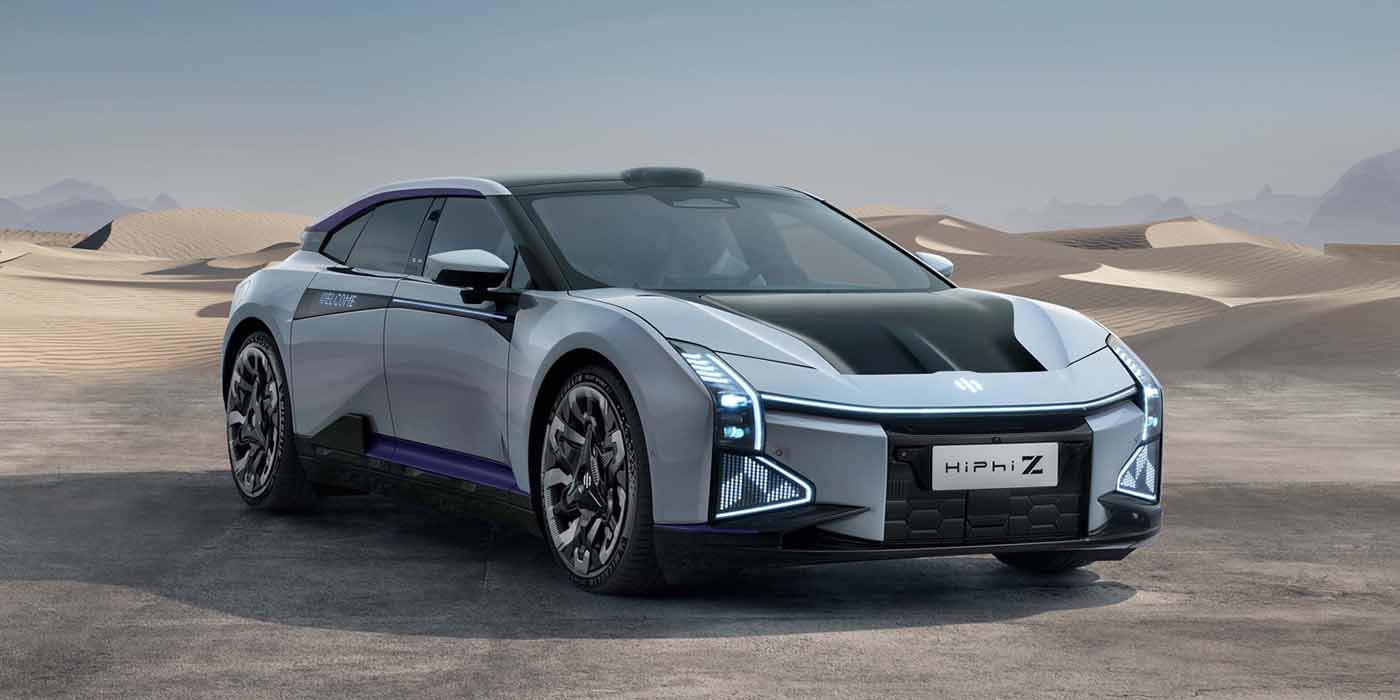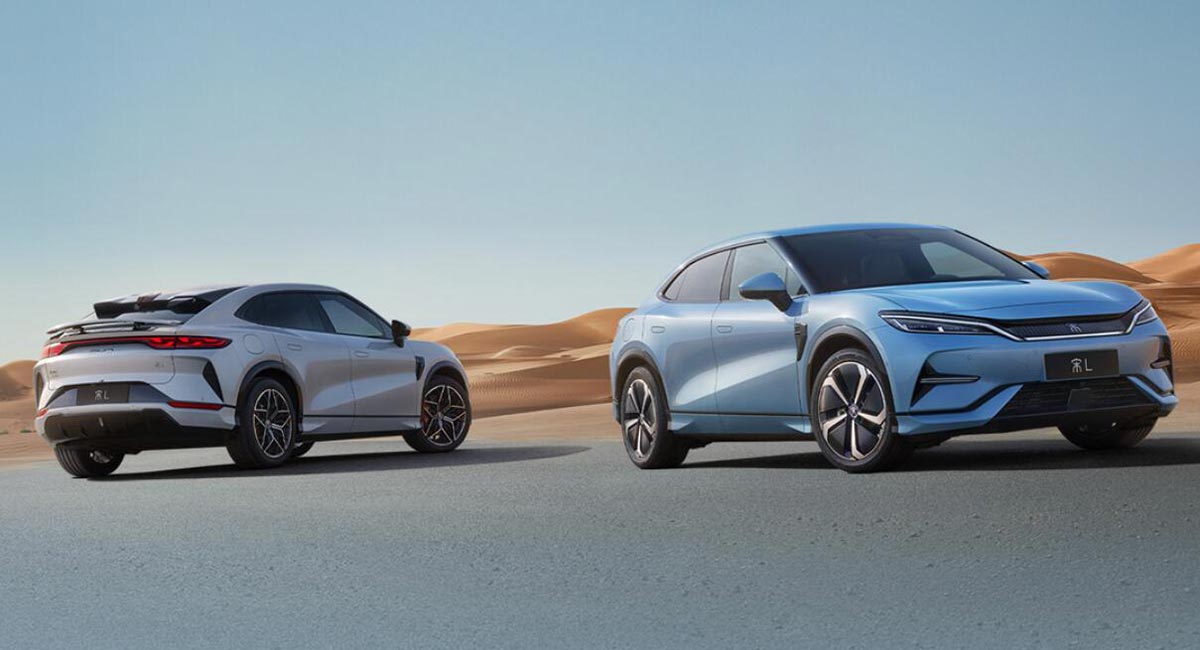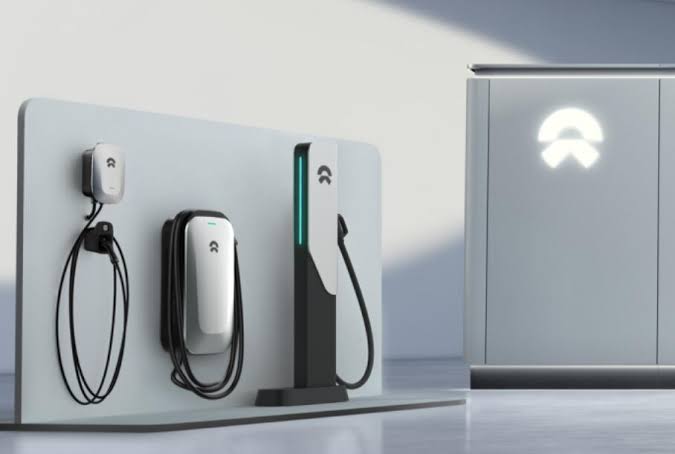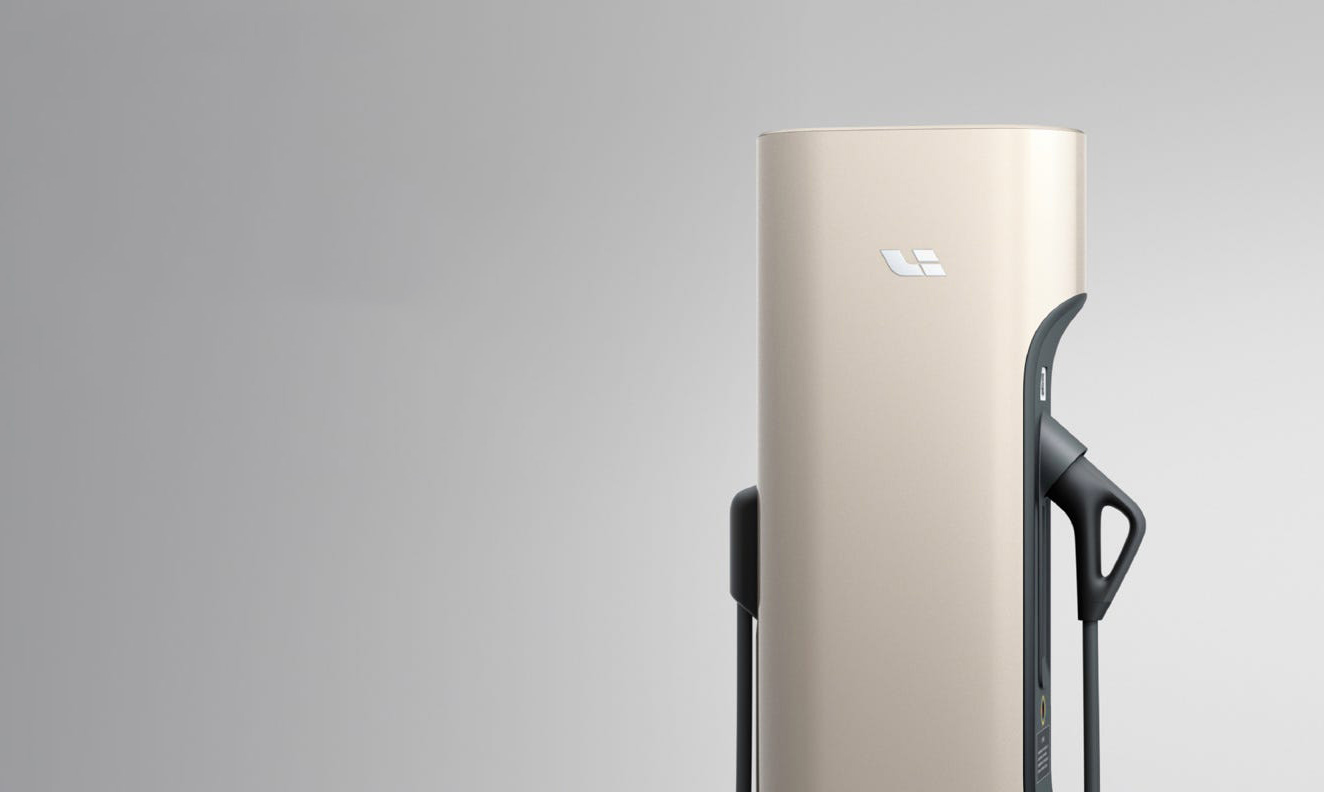As the highly anticipated Beijing Auto Show approaches, Xiaomi’s SU7 electric vehicle is generating considerable buzz as one of the event’s standout attractions. Despite its official unveiling last December, details about the SU7’s interior have remained undisclosed—until now.
Official images showcasing the SU7’s interior have been unveiled, revealing notable features, including the presence of physical buttons—a departure from the trend of minimalist interiors seen in many electric vehicles. Xiaomi’s decision to incorporate tactile switches follows feedback from EV owners, addressing common complaints regarding buttonless or haptic-feedback interfaces.
See also: Xiaomi CEO Announces Shift in Focus to Electric Vehicles
The interior boasts a flat-bottomed steering wheel adorned with tactile switches and round controllers, reminiscent of designs seen in established EV manufacturers such as Tesla. The center screen adopts a horizontal layout, akin to Tesla’s interface, while the center console design exhibits influences from prominent EV brands like Nio and XPeng. Notably, a row of toggle switches beneath the driver’s right hand controls functions such as air conditioning, ride height adjustment, and rear wing spoiler activation, accompanied by a Start/Stop button.
A 56-inch heads-up display (HUD) adorns the instrument cluster, providing crucial information directly within the driver’s line of sight. The elevated center console, coupled with a low dashboard and enveloping door design, fosters a cocoon-like ambiance for occupants, enhancing the driving experience.
Accompanying the interior reveal are design renders depicting the evolution of the SU7 from initial sketches to the finalized vehicle. Notable features include sporty single-shell seats with fixed headrests and pronounced side bolsters—a testament to Xiaomi’s targeted approach towards performance-oriented drivers.
See also: Xiaomi EV Adopts Mix of Direct and Dealer Sales for SU7 Model
The SU7’s interior exudes elements reminiscent of iconic sports car designs, offering a driver-centric layout and immersive driving environment akin to models like the Porsche Taycan.
Additionally, Xiaomi released a marketing video showcasing winter testing sessions in northern China, offering a glimpse into the SU7’s performance capabilities. CEO Lei Jun has pledged to commence deliveries in the first half of the year, with production scaling up to meet anticipated demand. Unofficial sources suggest pricing ranging from RMB 300,000 (€39,100) for the base model to RMB 361,400 (€47,300) for the high-performance variant, further solidifying Xiaomi’s entry into the competitive electric vehicle market.

